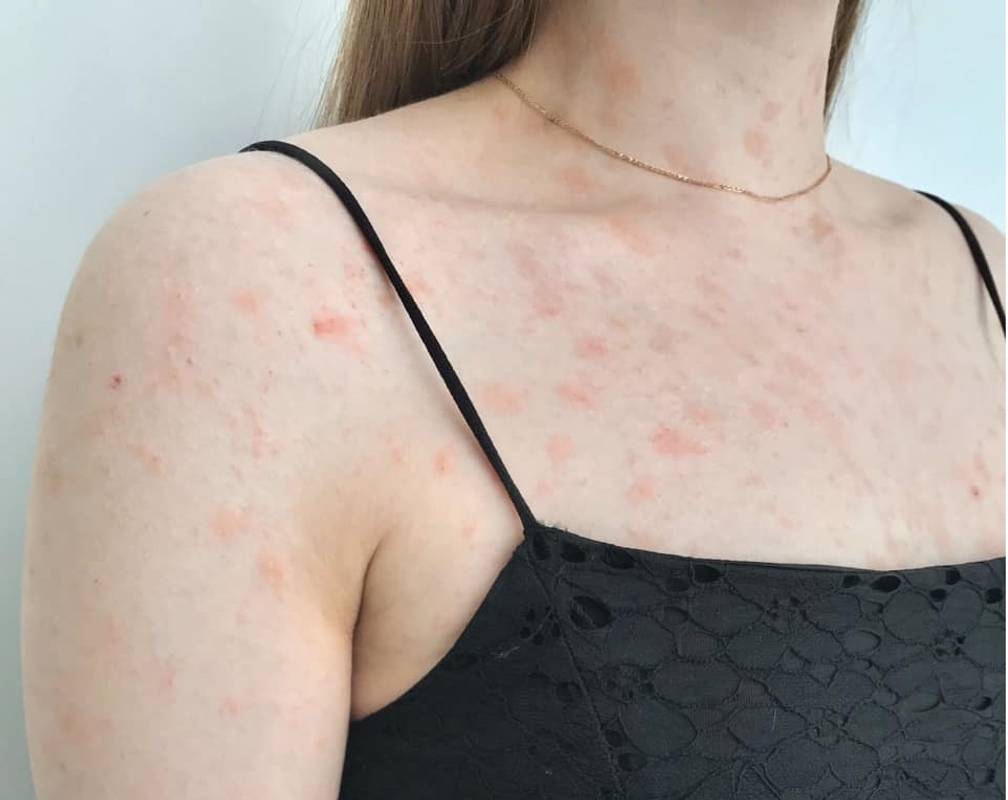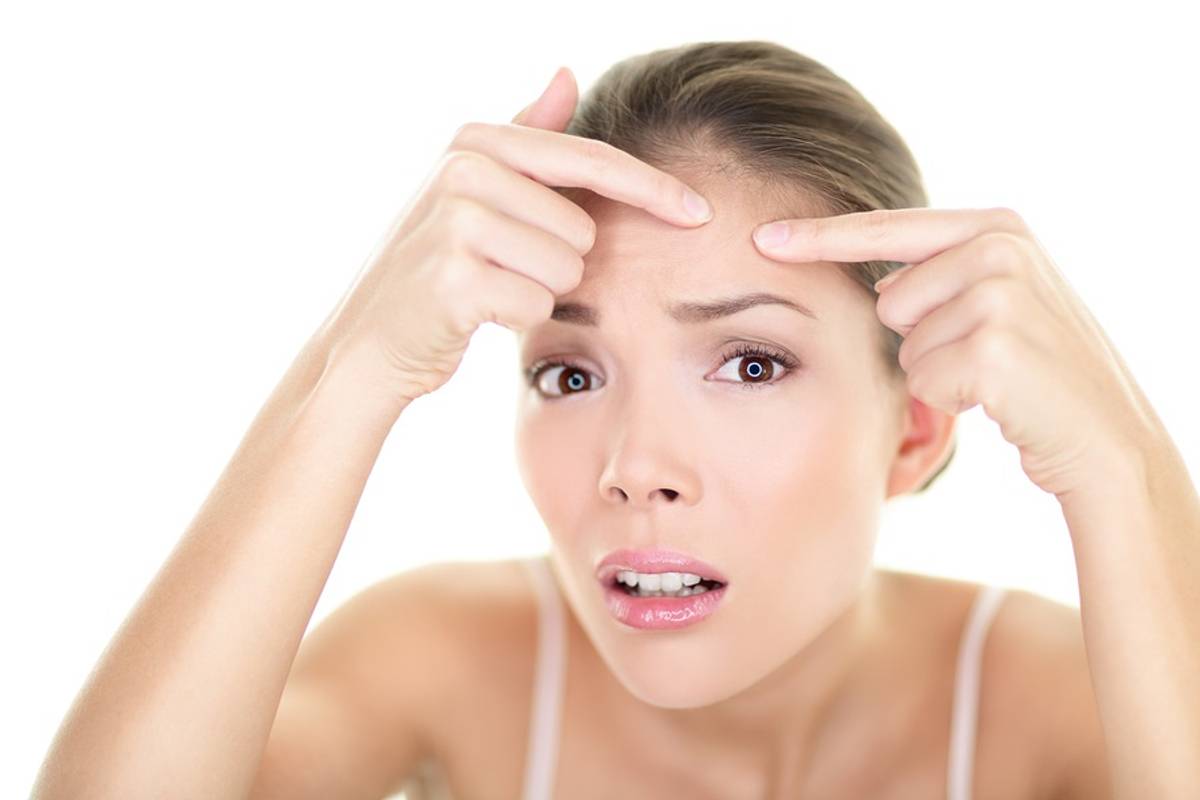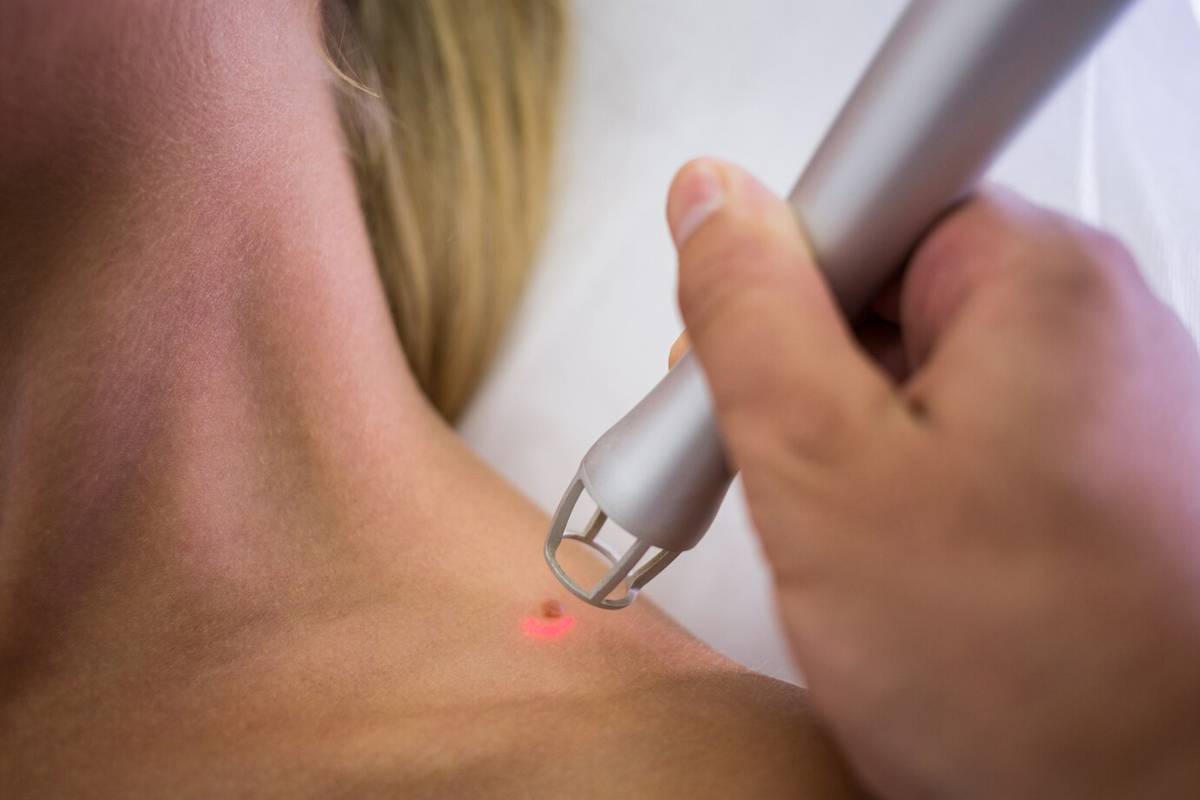
For some, the sun is a joy, and for others, it is a big problem
For some, the sun is a joy, and for others, it is a big problem
Why does the skin sometimes react very painfully to ultraviolet light?
Some people only need to walk down the street for a short time in sunny weather – and suddenly all exposed parts of the body turn red, covered with blisters.
Why does this happen and how to avoid such a problem?
“Solar dermatitis is a fairly common disease,” says Zhanna Prykhodko, a dermatocosmetologist.
— Its causes have not been fully studied, but it is clear that it is the body’s immune reaction to ultraviolet light. It manifests itself as an itchy rash, usually affecting the forearms and legs. The skin looks mottled and may have thin pink or even fluid-filled blisters. One of the factors contributing to the development of solar dermatitis is a photoallergic reaction. It, in turn, can be provoked by substances included in the composition of creams, lotions, medical preparations that were applied to the skin shortly before contact with ultraviolet light or taken internally…
– What else can provoke solar dermatitis?
— Cosmetics with such an ingredient as alcohol. Some plants containing so-called furocoumarins.And these are citrus fruits, celery, parsley, parsnip. I once had a patient who had a characteristic rash only on her hands, décolletage, and face. Despite the fact that she was dressed in a sleeveless dress, and her shoulders and back were covered with an even light tan…
As it turned out, the woman generously smeared her face, neckline and hands with retinoid cream. In certain cases, such cosmetics are incompatible with ultraviolet light. People who use certain medications, in particular antifungal, anti-inflammatory, diuretics (they are present in some drugs for high blood pressure), oral contraceptives, etc., are vulnerable to a photo-allergic reaction. Adverse skin reactions to certain antibiotics can occur even after being near an open window, not just when walking in the sun. Some allergy medications are also on the list incompatible with ultraviolet light.
– How to treat sun rash?
— If this happened for the first time, it is advisable to consult a specialist. The symptoms of solar dermatitis are outwardly similar to the manifestations of some other pathologies. If the diagnosis is confirmed, the doctor will advise you to use soothing aloe vera cream, low doses of steroid ointment, and effective antihistamines to relieve severe itching.
— What are the methods of prevention of such a disease?
— As already understood, one should try not to combine exposure to the sun with certain drugs and cosmetics. If you are prescribed new pills, check with your doctor if they have any side effects. And, if necessary, adjust the assignment. Next: when going outside, even on a hot day, wear clothes with long sleeves (the face is well protected by the wide brim of the hat). You can use a broad-spectrum sunscreen with a protection factor of 45 to 50. You should also avoid being outside when the sun is most active: from 10 a.m. to 2 p.m. And more. Healthy people very rarely have an adverse reaction to moderate UV exposure. Often, solar dermatitis is a kind of marker of health problems. For example, pathologies of the gastrointestinal tract, liver, kidneys, the presence of helminths, hypothyroid hyperfunction, adrenal gland dysfunction, immune system malfunctions, etc. Therefore, it is necessary to determine the basic pathology and definitely take it under control.
— Its causes have not been fully studied, but it is clear that it is the body’s immune reaction to ultraviolet light. It manifests itself as an itchy rash, usually affecting the forearms and legs. The skin looks mottled and may have thin pink or even fluid-filled blisters. One of the factors contributing to the development of solar dermatitis is a photoallergic reaction. It, in turn, can be provoked by substances included in the composition of creams, lotions, medical preparations that were applied to the skin shortly before contact with ultraviolet light or taken internally…
– What else can provoke solar dermatitis?
— Cosmetics with such an ingredient as alcohol. Some plants containing so-called furocoumarins.And these are citrus fruits, celery, parsley, parsnip. I once had a patient who had a characteristic rash only on her hands, décolletage, and face. Despite the fact that she was dressed in a sleeveless dress, and her shoulders and back were covered with an even light tan…
As it turned out, the woman generously smeared her face, neckline and hands with retinoid cream. In certain cases, such cosmetics are incompatible with ultraviolet light. People who use certain medications, in particular antifungal, anti-inflammatory, diuretics (they are present in some drugs for high blood pressure), oral contraceptives, etc., are vulnerable to a photo-allergic reaction.
Adverse skin reactions to certain antibiotics can occur even after being near an open window, not just when walking in the sun. Some allergy medications are also on the list incompatible with ultraviolet light.
– How to treat sun rash?
— If this happened for the first time, it is advisable to consult a specialist. The symptoms of solar dermatitis are outwardly similar to the manifestations of some other pathologies. If the diagnosis is confirmed, the doctor will advise you to use soothing aloe vera cream, low doses of steroid ointment, and effective antihistamines to relieve severe itching.
— What are the methods of prevention of such a disease?
— As already understood, one should try not to combine exposure to the sun with certain drugs and cosmetics. If you are prescribed new pills, check with your doctor if they have any side effects. And, if necessary, adjust the assignment. Next: when going outside, even on a hot day, wear clothes with long sleeves (the face is well protected by the wide brim of the hat). You can use a broad-spectrum sunscreen with a protection factor of 45 to 50. You should also avoid being outside when the sun is most active: from 10 a.m. to 2 p.m. And more. Healthy people very rarely have an adverse reaction to moderate UV exposure. Often, solar dermatitis is a kind of marker of health problems. For example, pathologies of the gastrointestinal tract, liver, kidneys, the presence of helminths, hypothyroid hyperfunction, adrenal gland dysfunction, immune system malfunctions, etc. Therefore, it is necessary to determine the basic pathology and definitely take it under control.
Show all ⇒Price
- branch on the street. Lychakivska, 39 ⇒Sign in online
- branch on the street. Gorodocka, 181 ⇒Sign in online








